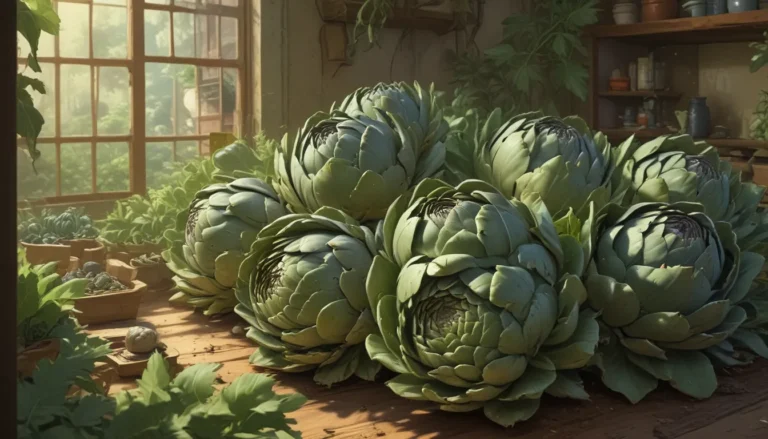Comprehensive Guide on How to Lift, Cure, and Store Tulip Bulbs

Tulips, with their vibrant colors and iconic springtime blooms, are a staple in many gardens. Whether you have non-hybridized botanical species that return faithfully year after year or cultivated hybrids that dazzle in their first year, proper care is essential to ensure a beautiful encore performance. In this in-depth guide, we will explore the steps to lift, cure, and store tulip bulbs, helping you avoid the perils of off-season time underground. So, let’s dive in and learn how to pamper your tulips for a stunning display every spring.
What You’ll Learn
- Deadheading Spent Blooms
- When to Lift
- How to Cure
- Off-Season Storage
Deadheading Spent Blooms
Once your tulip blooms have faded and petals start to drop, it’s time to deadhead them. Removing spent blooms not only tidies up the garden but also redirects energy back to the bulbs for next year’s flowers. Use clean pruners to cut stems near their base without damaging surrounding foliage.
When to Lift
Throughout the summer, tulip leaves play a crucial role in photosynthesis and energy storage. When the leaves turn yellow and then brown, it’s time to lift the bulbs. Using a pointed garden shovel, dig around and beneath the bulbs before gently removing them from the soil. Remove damaged bulbs, prune excess foliage, and divide them if needed.
How to Cure
After lifting, cleaning, and dividing the bulbs, it’s time to cure them. Spread the bulbs out in a single layer to dry completely in well-ventilated containers lined with newspaper. Allow excess moisture to evaporate over a few days. If the weather is wet, give them extra drying time.
Off-Season Storage
Once dried, store the bulbs in mesh bags with bits of newspaper between them to prevent moisture buildup. Tag the bags for identification and hang them in a cool, dark location with low humidity. Mimic winter conditions with temperatures ranging from 40 to 50°F for at least 12 weeks.
A Look at Perils and Precautions
Gardeners often lift tulip bulbs to safeguard them against the risks of off-season time underground. Even the most robust varieties are susceptible to foraging rodents, frost heaving, and oversaturation. By following the steps outlined above, you can ensure a pampered and peril-free storage experience that sets the stage for a vibrant springtime display.
Remember these key points:
- Deadhead blooms in spring
- Lift bulbs when foliage turns brown
- Cure and store in a cool, dark, dry location
- Replant in early spring once the ground thaws
Taking care of your tulips by lifting, curing, and storing them off-season can help you avoid the pitfalls and enjoy their blooms year after year. Share your thoughts on tulip care in the comments below!
If you found this guide helpful, consider exploring more resources on tulip care:
- 9 Reasons Why Tulip Leaves May Turn Yellow Prematurely
- 9 Tips to Get Tulips to Rebloom
- Types of Tulip Flowers: 15 Beautiful Divisions
Thank you for reading and happy gardening!





